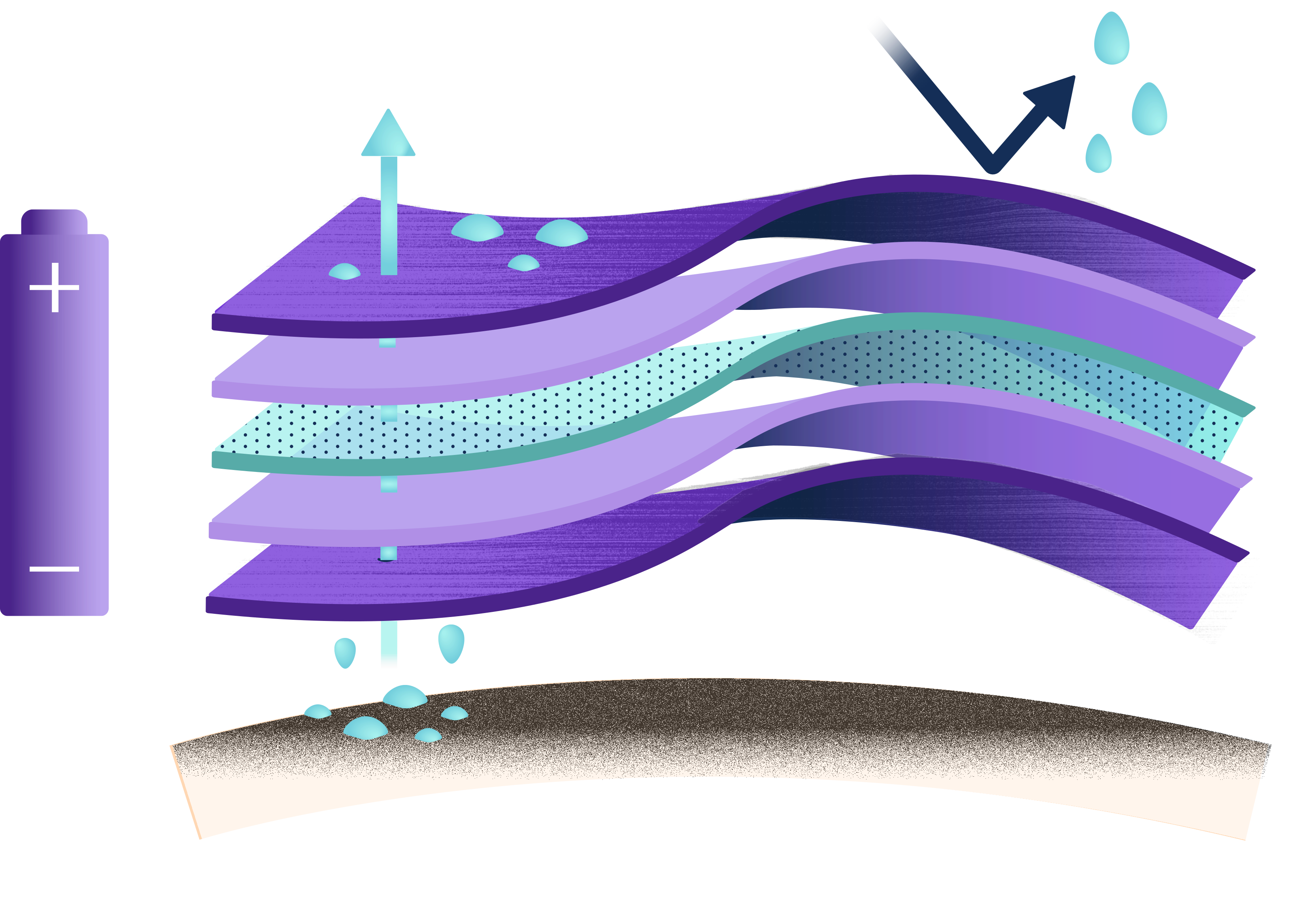New Swedish technology reduces the need for PFAS
In late September 2022, California implemented legislation [AB 1817 (Ting) Textile Products] that will ban the production, distribution, or sale of textiles that contain PFAS starting January 1, 2025. In New York State, a ban on the intentional addition of PFAS to textiles was signed in December 2022 and goes into effect at the end of 2023 [New York State Senate Bill S6291A]. Within the EU, Sweden and other nations are driving to ban all PFAS materials where alternative solutions are possible with a first step forbidding about 200 types of PFAS from February 2023. Other initiatives around the world demonstrate the feverish effort to phase out and replace PFAS and other halogenated polymers in all products.

PFAS, also known as "forever chemicals" because they are highly resistant to the mechanisms nature usually uses for breaking chemicals down, are a large family of synthetic chemicals widely used in commercial products. Unfortunately, they are increasingly understood to be hazardous to humans (e.g., carcinogenic) and the environment. Many PFAS are water-soluble, meaning they can wind up in water systems, threatening the health of humans and the environment in general. Furthermore, bonding otherwise recyclable materials to PFAS, as done when manufacturing water-resistant jackets, renders the entire composite unrecyclable. As such, even recent potential breakthroughs in artificial methods for breaking down PFAS materials are unable to put the materials on track for truly circular resource use.
PFAS are typically used in textiles to make garments water-repellant while allowing them to "breathe" water vapor. PFAS are also used to help textiles repel dirt and other contaminants. While the textile industry is not the largest consumer of PFAS, textile products are in direct contact with our bodies and in our homes, making the risks to human health particularly acute. Unfortunately, little has happened in the field of hi-tech water-repelling textiles during the past several decades - since Gore first created and began marketing Gore-Tex (itself a highly fluorinated polymer or PFAS). That is, until now.

LunaMicro offers a technology that manages moisture in garments, dramatically reducing the need for PFAS in water-repelling textiles. Our product is a textile that pumps water from the inside to the outside of a garment with power from a small battery, which keeps the wearer warm, comfortable, and safe. LunaMicro's textile pump is so effective that a pump the size of an A4 (letter-sized) sheet of paper can keep up with the sweat produced by half of a hard-working adult's body (i.e., the torso). As such, the rest of a garment - like a jacket - can be produced with non-breathable waterproof materials such as natural rubber or highly recyclable polyester. This makes for long-lasting garments that perform better than garments with passive PFAS membranes and are nearly completely recyclable at the end of life. LunaMicro's technology is an innovation based on patented research results from Linköping University.
Are you interested in learning more about how our technology works, seeing examples of applications, and discussing how we can help you improve your products' performance while phasing out PFAS?
Please fill out this form and we'll be in touch with you.
.png?width=179&height=80&name=7301_LunaMicro_KC_logo%20-NGMM%20(1).png)
